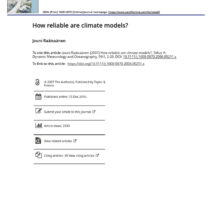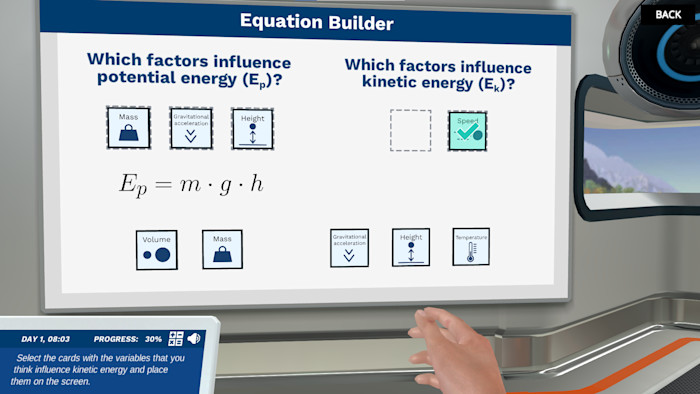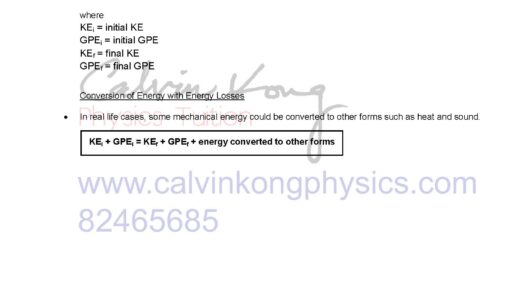Energy is a concept that permeates our daily lives, from the mundane activities like running to the thrilling experiences offered by roller coasters. Both phenomena, despite their apparent disparities, share an underlying principle—conservation of energy. This foundational concept in physics states that energy cannot be created or destroyed; it can only be transformed from one form to another. Understanding how this principle applies to both running and roller coasters opens up intriguing avenues of thought regarding motion, forces, and even the biomechanics of our bodies.
At its core, running is an exercise of kinetic energy. When a runner propels themselves forward, they convert the chemical energy stored in their muscles into kinetic energy, manifested in movement. This transformation occurs through the process of muscle contraction. The energy expended relies heavily on the runner’s physical condition, efficiency, and the environment in which they are running. For instance, running uphill requires significantly more energy than running on flat terrain due to the additional gravitational potential energy that must be overcome.
Similarly, roller coasters epitomize the conservation of energy in spectacular fashion. A roller coaster at its peak exudes potential energy, born from its height. As the train descends, this potential energy converts into kinetic energy, accelerating the cars and their passengers as they rush towards the next incline or curve. The thrill of a roller coaster ride is, therefore, a dramatic dance between potential and kinetic energy, punctuated by the forces of gravity and inertia.
The parallels in these two activities extend beyond mere energy transformation. The human body and roller coaster engineering both rely on principles of physics to maximize efficiency, minimize loss, and enhance performance. For runners, optimizing energy use often comes down to biomechanics—efficient running posture, stride length, and foot strike patterns all contribute to reduced energy expenditure. Innovations in footwear technology also play a vital role here, with advancements aimed at improving energy return through elastic materials that store and release energy during a runner’s stride.
In the realm of roller coaster design, engineers invest vast amounts of research into the finest details. They carefully calculate the heights of loops, the angles of descent, and the overall layout to ensure a thrilling yet safe experience. The goal is to create a ride that maintains momentum and energy throughout, taking advantage of gravitational forces and minimizing friction. The design also necessitates a keen understanding of G-forces—forces of acceleration that can affect riders’ experiences. Here, we see the deliberate manipulation of energy conservation principles to evoke emotional responses, from euphoria to exhilaration.
Exploring the mechanics further, let’s delve into how energy loss impacts both activities. In running, factors such as air resistance, friction with the ground, and even the efficiency of muscle fibers contribute to energy dissipation. Although runners strive for optimal form, they cannot entirely negate these losses. Similarly, roller coasters experience energy loss due to friction between the train and the tracks, as well as aerodynamic drag. Engineers must anticipate this energy loss, ensuring that the ride remains thrilling without compromising safety.
Interestingly, both running and roller coasters can prompt changes in our perspective on energy consumption and conservation. For individuals embracing running as a form of exercise, the notion of conserving energy can lead to enhanced understanding of sustainable practices. Each step taken efficiently represents a microcosm of energy economy, reflecting broader implications for how we consume and conserve energy in our daily lives. Every runner becomes a living testament to the transformation of energy in motion—knowledge that transcends to the conservation imperative in our society.
For roller coasters, the connection extends beyond the thrill. The engineering marvels of these rides can spark conversations about energy use in amusement parks. Many modern theme parks have begun investing in renewable energy sources to power rides, aiming for sustainability while still providing entertainment. The juxtaposition of exhilarating experiences alongside eco-conscious practices can shift public perception, illustrating that entertainment and environmental stewardship are not mutually exclusive.
Furthermore, this intricate web of energy conservation underscores the necessity for education. Breaching the knowledge gap about energy dynamics empowers individuals to make informed decisions about their lifestyle choices—both in staying active through pursuits like running and engaging with recreational activities like roller coasters. It ignites interest in physics, as well as invites curiosity about how energy principles manifest in various aspects of life.
Ultimately, the conservation of energy forms the backbone of running and roller coasters alike, bridging a fascinating divide between human activity and engineered systems. Both phenomena serve as compelling reminders of the significance of energy in our everyday experiences, illustrating that learning about energy dynamics can culminate in a greater appreciation for our environment and the innovations that contribute to sustainability. As we engage with these concepts, whether sprinting down a trail or racing down a track, we invite curiosity and transformation in our understanding of the world around us.
In summary, the principles of energy conservation intertwine with our routines and our thrill-seeking experiences, urging us to rethink our relationship with energy in a broader context. Embracing this understanding not only enhances personal wellness but also fosters a profound respect for sustainable practices that are essential for our future. By recognizing the synergy between running and roller coasters, we can partake in a journey that is not merely about movement but also about the vital energy that flows through every interaction with our planet.







